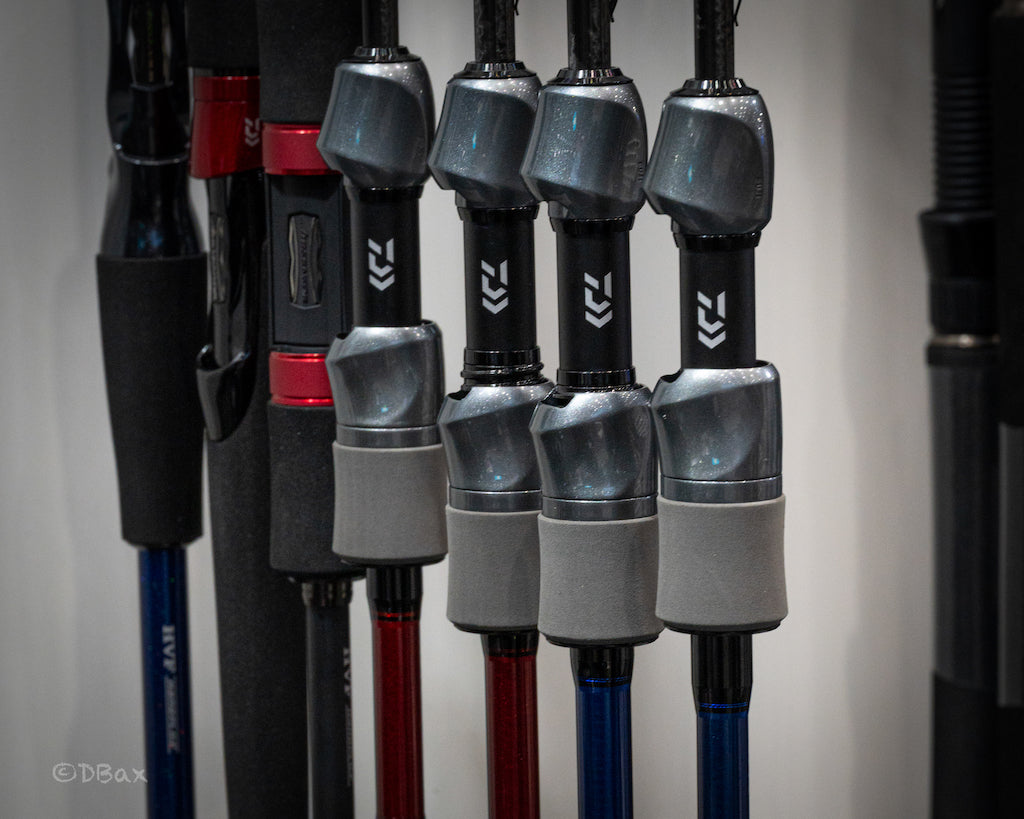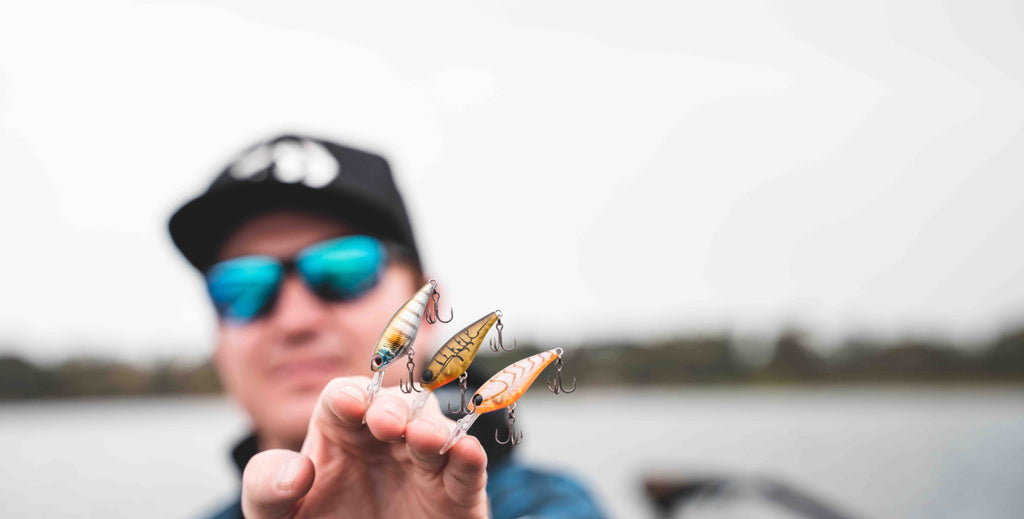DAIWA FISHING TIPS: DEEP DOWN SQUID BY JASON LINARDOS
Fishing for Squid in Australia is most commonly done on shallow inshore reefs or landbased from piers or rocky headlands. One option thats often overlooked is the deeper reefs that surround our coastline. Reefs as deep as 30-50 metres most commonly associated with Snapper and Kingfish can hold great quality squid. The problem anglers often encounter is effectively fishing these deeper areas with the squid jigs they currently own for the shallow inshore areas. The most ideal situation would be to fish these perfectly weighted jigs down at those depths only that the speed of drift due to current, tide or wind makes it sometimes nearly impossible to get your jigs down into the ideal strike zone which is around the bottom 3 metres of water. There are a few techniques that can be used to effectively fish these depths. Here are three ways I like to fish these deeper areas.

“Deep” Jig: Perhaps the most simple solution is to go out and get your hands on a purpose designed “Deep” squid jig. These jigs are specifically designed for fishing deep and fast running water. They feature a much larger weight than your regular jig usually around 30g or so. Deep jigs sink much faster and at a steeper angle to regular jigs. When using deep jigs I like to get the lure down to the bottom then control my lifts and drops of the jig with a slight tension on the line. This allows me to control and slow down the sink rate while in the strike zone and bring the Jig back to a more appealing action rather than plummeting to the bottom on every drop of the rod. I tend to do this by implementing 3 or 4 slow winds of the reel followed by free spooling the jig back down with my finger on the spool controlling the line feed.
Paternoster or Drop shot rigging:
This is the most cost effective solution and it involves tying a small sinker onto your leader line around 400mm or more in front of your jig. Much the same as a paternoster rig used in a bait fishing scenario. An advantage of this rig is that you can use many of the sinkers already at your disposal in your tackle box and your current selection of squid jigs. Try to use the lightest sinker you can while effectively reaching the bottom 3 metres of water. If your sinker is too light you may not be getting down to the right zone and if it is too heavy you could affecting the jigs natural presentation too greatly. I like to tie a small loop into my leader line and thread the sinker to that so I can try a few different sinker sizes without having to cut and re tie every time. This technique has another advantage in that the sinker falls first before the jig. Free spooling the rig to the bottom and implementing a quick sharp lift of the rod as soon as you see slack in the line will see only the sinker making a quick contact with the bottom and not your Jig. This is great in heavily weeded or really snaggy territory.

Agorig weights:
Daiwa’s Agorig weights are a handy little accessory to have as they, like the dropshot rig, allow you to use the jigs you already have at your disposal. They work best on Emeraldas Nude jigs as there is already a small hole in the weight to allow you to clip your Agorig weight to. Fixing the weight to the jigs existing weight helps maintain the 45 degree sinking angle the squid love so much. The weights can be fixed to other jigs such as the Emeraldas Rattle range by just going through the eyelet at the tip of the jig. Although this will send the lure down in a steeper nose dive angle which is less appealing to the squid and ideally needs to be rectified by the angler using tension on the line similar to the technique with the Deep jig. They come in 3 and 5 gram sizes and glow in the dark which can help improve your jig visually as well.

 Contact Us
Contact Us Blog
Blog About
About





